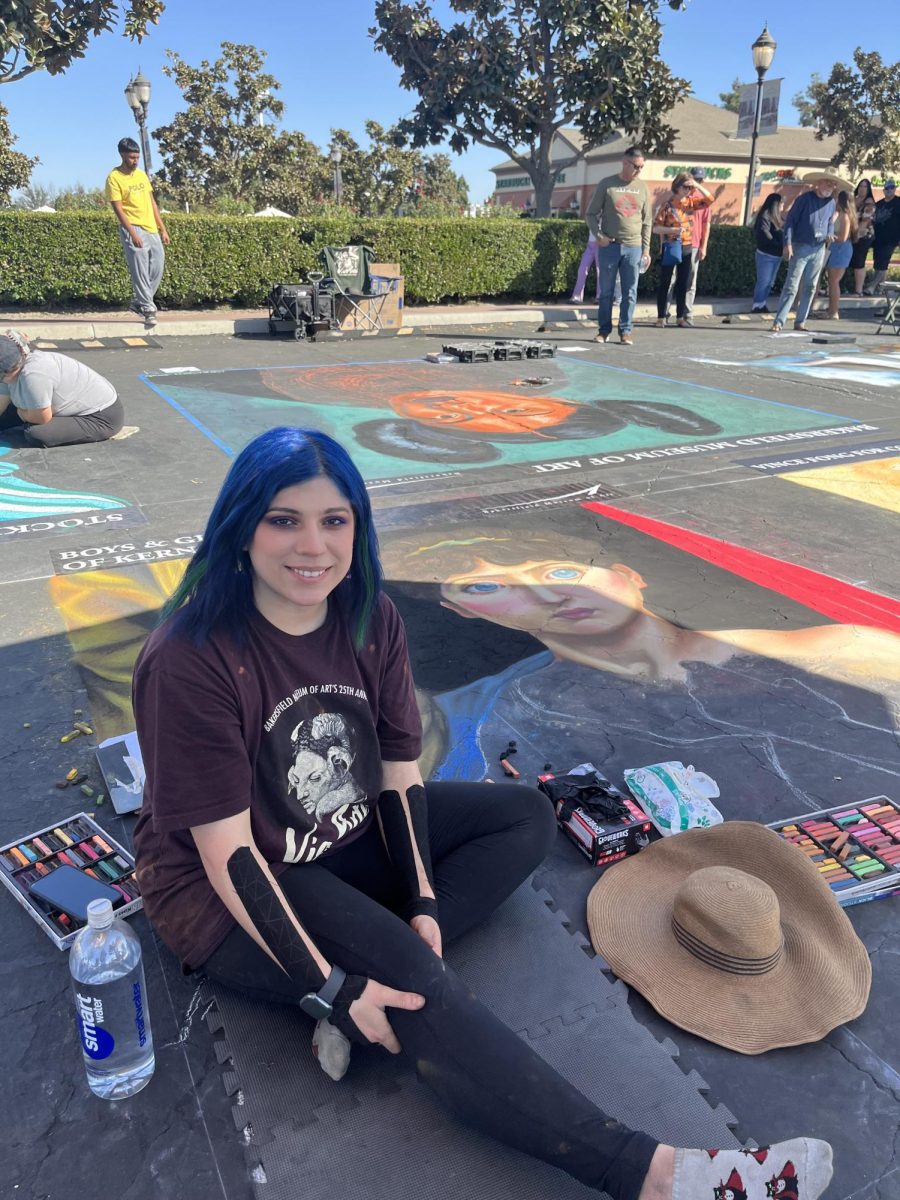Beau Gaitors talks about the history of Afro-Latin Americans
October 2, 2020
Reggie Williams welcomed the people to the second talk on the celebration of the month of the Hispanic Heritage. The webinar was called “Viewing the Invisible: Exploring the Black Presence in 19th Century Mexican History.” Historian, Beau Gaitors, was the guest speaker for the webinar on Sept. 30.
Gaitors listed examples of the movies that were made in Mexico, in which there is a lot of people of color. He pointed out the vast similarities between Afro-Mexican, and he said that no matter the country (Peru, Colombia, Venezuela, Brazil), there was a connection between Afro-Latin American and white Latinos.
According to Gaitors, there are some documents that the historian have used to research about Afro-Latin Americans. The international media recognized the Afro-Mexicans, and he researched them through documents that some historians left behind.
He explained the many aspects of the 1971 census of Veracruz, Mexico. According to his research, slaves had to pay for their freedom. One of them was Ana Maria de Jesus who was found to have paid for her freedom. Gaitors said that the mobility of black individuals was not limited once they were freed.
Gaitors explained that African descendants played an important role in the commerce section. Many of them created merchandise to sell and helped with the transport of these goods.
Later, he explained the “Sistemas de Castas” (Caste System), which was the mix that originated the mestizos, castizos, españoles, mulatos, mariscos, chinos, Salta atrás, and Lobos. He explained that there were some limitations on the census records of that time, for instance, the goal of his work was to explain the position of afro-Mexicans in the nineteenth century.
He showed some Mexican newspapers that recorded problems, not only from Mexico but from other countries as well. Those newspapers were mostly “El Conciliador” and “El Arco Iris”.
However, according to his research, there was still slavery after the independence of Mexico. Later on, Mexico created laws to help slaves. In 1823 they started to focus on ideas about philanthropy and in 1808 there was still intern slavery in the U.S, so slaves would move to the Golf of Mexico.
Gaitors said that Mexican politicians tried to attract people from the U.S after Mexican independence. Ramos Arician wrote the new constitution that abolished slavery. Anastasio Bustamente requested that every slave should be free. In the 1820s the slavery was abolished, but it took time.
Now his investigation is headed in the mobility of the Gulf of Mexico. The free African Americans would travel freely to Tampico. Although they were not registered as free people in Veracruz but as slaves in the U.S, they were free in Mexico. According to his research, Mexico became a scaping place for people that were escaping from slavery in the U.S.
Gaitors explained that, once the African-Americans arrived in Mexico, they stayed in the airport of Tampico or Veracruz. However, that was not going to be their final parade since the Mexican government of that time then decided to create communities for them to stay.
He showed the artwork of Johan Salomon, which gave him great inspiration and information about the topic. He says that as a historian, his works should contribute to the African-Americans.
One of the first questions was about the African descendants in a Mexican person that was born in the U.S. Gaitors explained that the great thing about history is that is not limited by historians.
“Communication is key. I always love to talk to the people,” said Gaitors.
He talked to some historians that helped him find the documents for his research. It took him a lot of time, but he assured that it was a mix of his effort and the efforts of the people that helped him.
He explained that when he was a freshman, he wanted to be an engineer. One of the requisites of that degree was to take a course called “Black American History in Society”. He became fascinated by the topic the day that they showed a picture of an African descendant from Brazil that looked like his sister. Then he became passionate about it and started to write about Afro-Mexican history when he realized that no one had done that yet.
He does not talk too much about the topic in school because there is not enough space to cover the topic. He said some people would be racist towards Afro-Mexican for no reason. He added that some Mexicans would not like to have a black president.
“If we are going to be free, we are going to be free as a nation,” Gaitors said.
Gaitors has a book that is going to come out at the end of 2021 and his new article that it’s coming out at the beginning of 2021.







